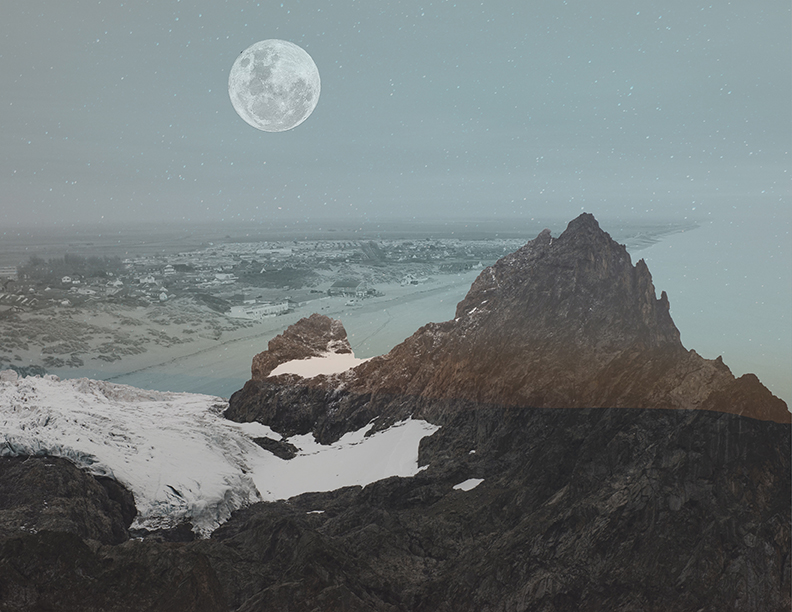In the growing technological age, our society is expanding the studies of the cosmos, including the pursuit of possible life outside of our little, green Earth. These discussions have been about exploring space outside of the planet we call home, including what possibilities are out there in terms of another Earth that has lifeforms for us to communicate with, or an atmosphere for us to inhabit.
Despite all of the research that has gone into space exploration, we consistently come to the conclusion that Earth might be our only viable option for sustainable life.
What is it that makes our planet so unique, to have housed thousands upon millions of lifeforms on it at a time?
What’s so Great About Earth?
There are many things that make our Earth so distinctly unique, which gives it the capability to sustain the multitudes of life that it does. Some of these distinct qualities of Earth — as detailed by Sukanya Chakrabarti, a professor of physics and astronomy — rely upon the location of Earth in our solar system and how the moon interacts with our planet.
“When we talk about inhabitability [of a planet],” Chakrabarti said, “we’re talking about where water can exist relative to the position of the star and the planet in question.”
The position of a planet to a star is extremely important. If a planet is too close to a star, it’ll be too hot for life to flourish there. For example, the planet Mercury can exceed temperatures of 800 degrees Fahrenheit during the day due to its proximity to our sun. In contrast, being too far from the sun, such as on the planet Neptune, can make freezing temperatures as cold as negative 392 degrees Fahrenheit on an average day.
Many organisms rely on water to continue to grow and evolve, including humans. Rita Magalhães, a post-doctoral researcher at RIT, outlined the importance of water for lifeforms on our planet.
“A lot of organisms require water as a means of transport,” Magalhães said. “Some for nutrients, and some require liquid water for reproduction.”
Photosynthesis is another specific characteristic that has lead to the continuation of advanced life on our planet — it produces the oxygen we breathe.
“The advent of photosynthesis and the ability for oxygen to be produced really, really changed the landscape of the planet,” Magalhães said.
“The advent of photosynthesis and the ability for oxygen to be produced really, really changed the landscape of the planet.”
All of these characteristics make life possible and allow life to flourish on our little planet, making Earth very unique. But, what happens if we find life on other planets?
A Home Outside our Solar System?
Back in 2009, NASA released a space telescope named Kepler, whose mission was to find planets outside of our solar system that might have fostered life, or could foster life, just as we find it here on Earth.
Initially planned to be a year-long journey, the Kepler mission lasted until Nov. 15, 2018, when NASA finally decommissioned the observatory.
Through its active years, Kepler helped scientists discover thousands of planets outside of our solar system, called exoplanets. These planets can be as small as our Earth to as large as Neptune; some gas-based, others solid.
One particular planet discovered during Kepler's mission was dubbed Kepler-452b, and some scientists assert it could possibly be Earth’s older cousin. The reasoning behind why many scientists believe Kepler-452b could be an Earth 2.0 is particularly because we’ve found liquid water existing on the planet’s surface. Additionally, the way the planet orbits around its star makes it a possible candidate for sustaining life.
Does this finding of a planet with extremely close similarities to Earth mean we’ve found another home for ourselves? Chakrabarti isn’t so sure.
“[The planet] is very, very far away. Even if we were thinking about relocating humankind to another planet — even Mars — we still have to think about the consequences of that,” Chakrabarti said.
"If we were thinking about relocating humankind to another planet — even Mars — we still have to think about the consequences of that.”
These consequences, which Chakrabarti listed out, are chiefly focused on whether or not humans would be able to survive the extreme travel that would be necessary; not including the fact that traveling to a planet as close as Mars would take months to get there. Then there’s the task of terraforming planets to be like our own because even if there are chances that they can inhabit life, such as Mars might, we still need components like oxygen to survive on its surface.
“Most planets will probably not have an atmosphere like ours, which means it’s not breathable for humans and most animals," Magalhães explained. "But with the introduction of plants, over time you can generate an atmosphere more closely related to ours.”
The idea of terraforming a planet, however, will take a considerable amount of time and funding which we may not be able to provide just yet. So even the concept of introducing life to a planet, rather than finding it, is an equally challenging quest when discussing life beyond our own.
In the end, there needs to be more research about space and supporting technology before we ultimately decide whether or not space travel is a plausible journey that humans can take. Just like in basic labs, where researchers must recreate the experiment to completely verify the validity of the experiment, the sustainability of life on exoplanets, such as Kepler-452b, must be something that is reproducible.
However, if one thing is for certain, the planet that we inhabit right now is unique in its own right. As of right now, Earth is the only planet we will ever be able to call home.








